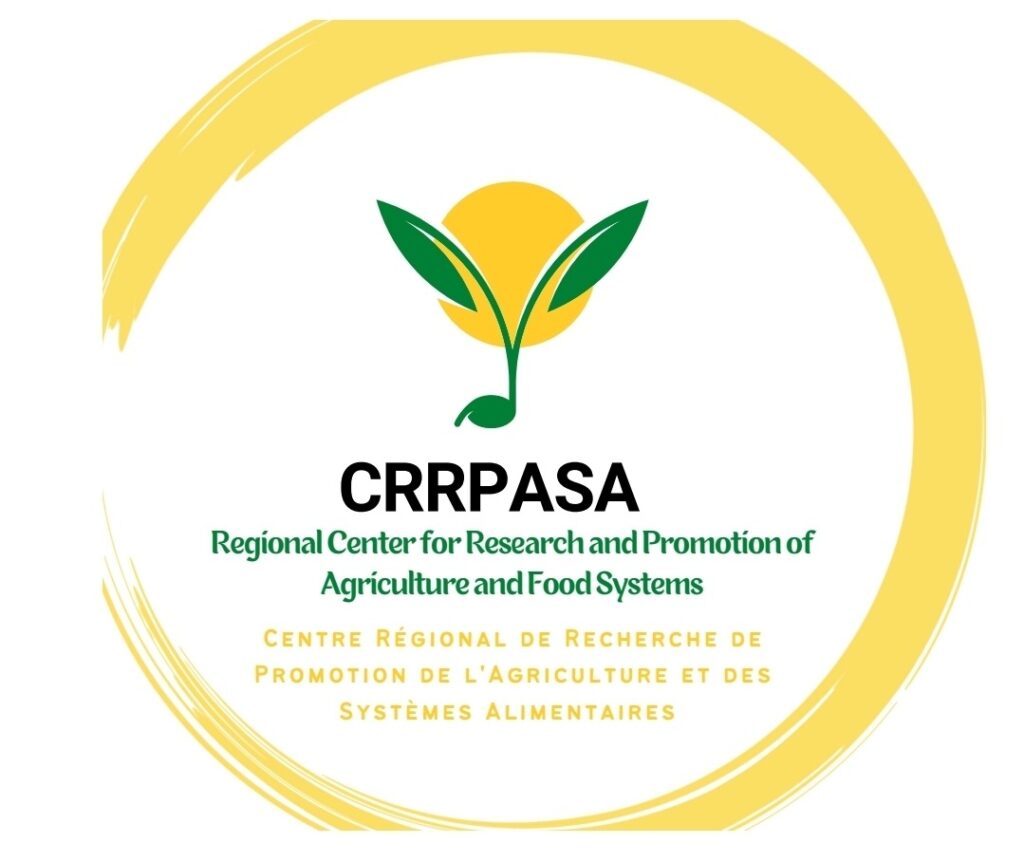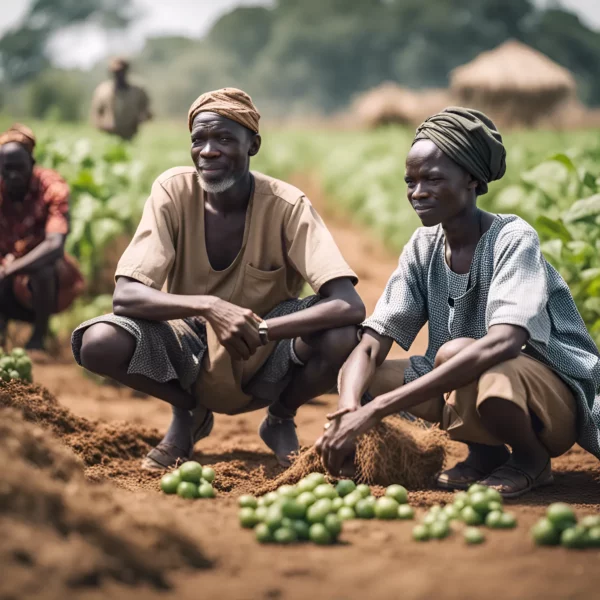CRRPASA began with a vision to empower smallholder farmers, the backbone of agriculture, by providing them with the tools and knowledge needed to thrive in an ever-changing agricultural landscape and promoting food systems transformation.
Matching Grants schemes, regarded by CRRPASA as a pivotal strategy for fostering agricultural value chain development in Sub-Saharan Africa, necessitate a nuanced approach that considers various elements such as inputs, mechanization support, equipment provision, and farm infrastructure. By seamlessly integrating these components, policymakers and stakeholders can effectively drive agricultural value chain development, empower smallholder farmers, and catalyze sustainable economic progress in the region.
With these grants, smallholder farmers can access a range of essential inputs, from seeds and fertilizers to agrochemicals, at subsidized rates. This ensures that no farmer is left behind, regardless of his or her financial constraints.
CRRPASA Recognizes the importance of education in sustainable farming practices, training programs, and extension services. Through these initiatives, farmers have to learn not only how to maximize the potential of the inputs they receive but also how to safeguard the environment for future generations.
Mechanization support also plays a pivotal role in transforming traditional farming methods into modern and efficient practices. Matching grants helped farmers acquire farm machinery, from tractors to harvesters, reducing labor intensity and increasing productivity. However, it is not just about providing the tools; training and maintenance programs ensure that farmers can harness the full potential of these machines.
Irrigation equipment is a lifeline for poor smallholder farmers facing erratic rainfall patterns in most of the Sub-Saharan African countries. With grants facilitating access to irrigation systems, farmers could cultivate crops year-round, breaking free from the shackles of seasonal dependence. Moreover, post-harvest handling equipment, from storage facilities to processing machinery, minimized losses while adding value to agricultural produce, ensuring that every harvest is a success.
Infrastructure is equally crucial. Allocating funds for the construction of rural roads, storage facilities, and market centers, connecting farmers to markets, and eliminating intermediaries is instrumental. By investing in infrastructure, the initiative not only reduced transportation costs but also ensured fair prices for farmers’ produce.
Yet, the true essence of the matching grants initiative for poor smallholder farmers lies in its inclusivity. Targeted outreach programs are critical to reach marginalized communities, while group formations empower farmers through collective action. Capacity-building initiatives equip farmers with the skills needed to navigate financial complexities and manage their organizations effectively.
Promotion of saving culture amongst smallholder farmers, and involvement of the State, financial institutions, and private sector (The 4P model) are allies in this journey and in administering grants and extending credit to smallholder farmers. Loan guarantee schemes provide the security needed to access financial resources, while direct procurement and distribution ensure that inputs reach farmers efficiently.
Throughout it all, monitoring and evaluation mechanisms ensured accountability and transparency. By tracking the utilization of grants and assessing their impact on agricultural productivity and livelihoods, the Matching Grants Initiative remained true to its mission of empowering smallholder farmers and building resilient communities.

